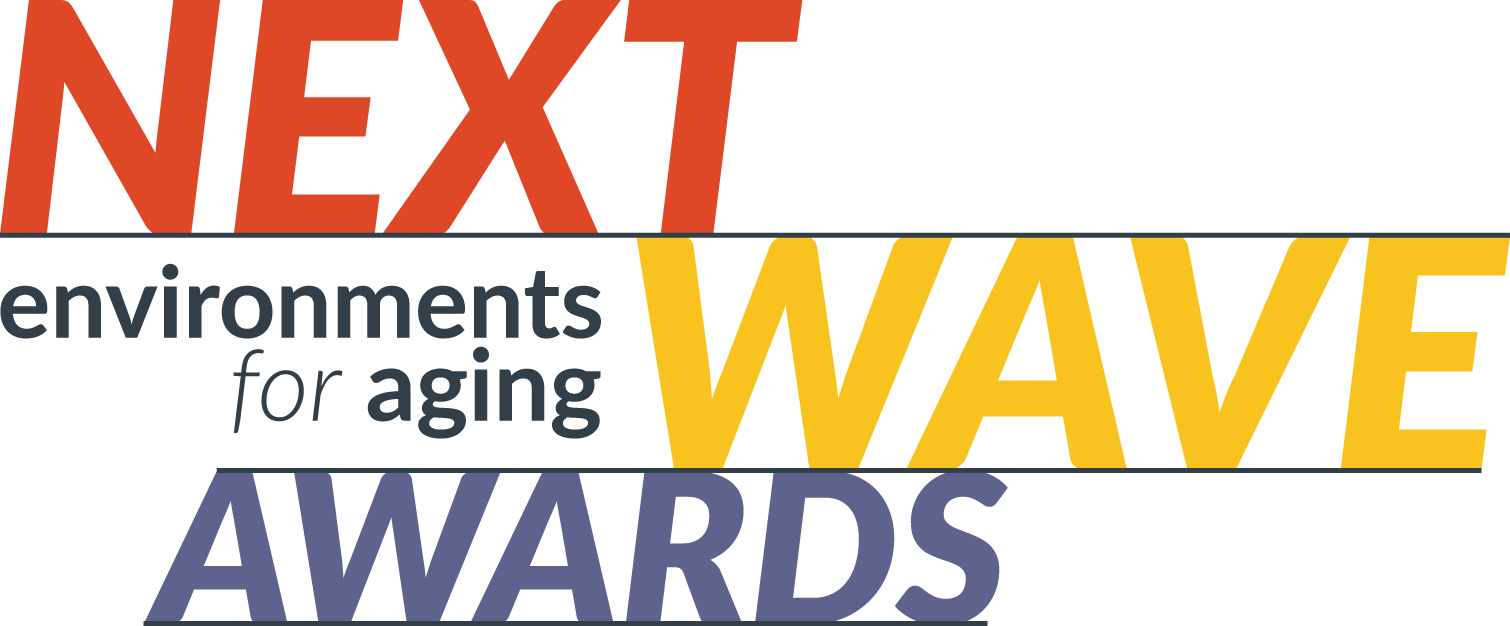As the household model continues to gain popularity in the senior living industry, there’s growing demand for better research on the approach and evidence of how specific design elements contribute to providing residents a higher quality of life.
A new tool—EASE (Environmental Audit Scoring Evaluation)—has been introduced to do just that, and during the session “Tool For Evaluating The Design Of The Household Model,” as part of the 2020 Environments for Aging Virtual Conference, speakers Margaret Calkins, Board Chair of the IDEAS Institute, and Robert Wrublowsky, Principal at MMP Architects, discussed how EASE, introduced by IDEAS Institute and MMP Architects, provides a platform to assess how well existing environments reflect a household model and can be used to shape and inform design decisions.
“There is a growing body of research that seeks to link specific design elements with outcomes, and much of that evidence is not being used, yet, in design,” Calkins said. “The EASE tool was developed directly from this body of evidence.”
Specifically, the EASE tool can be used to inform the design process to enhance the well-being of residents in long-term care settings by identifying important aspects of daily life that contribute to maintaining ones independence, based on research, “such as enabling an effective sit-to-stand motion through the correct shape and profile of an arm rest or by offsetting doors to bedrooms to allow for a more successful approach when in a wheel chair to maintain a perpendicular path of travel through the threshold,” Wrublowsky said.
EASE can also be used in practice to educate stakeholders and designers on how evidence-based design decisions can have a positive impact on a residents’ life by aligning the intended outcome of a design strategy such as fall reduction or incontinence avoidance to the most rigorous research to achieve the outcome, according to the presenters.
“EASE will provide the designer with a deeper understanding about the cause and effect of the planning decisions and help them organize their design through a structured process that aligns the best outcomes with the most appropriate strategies to achieve them” Wrublowsky said.
The EASE is undergoing several phases of validation, and a copy will be available by fall 2020.
Missed the live EFA Virtual Conference event? On-demand access to the conference, including 11 CEU sessions, is available at efamagazine.com/efa-virtual-conference.









